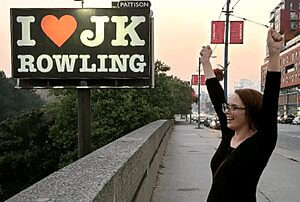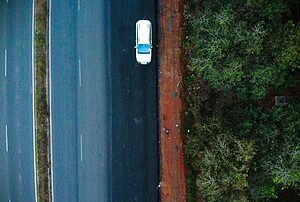In brief:
- Auckland City Council rolled out food scrap bins with minimal ratepayer input.
- Only 35% of households use the bins weekly, yet all are charged a mandatory annual fee with no opt-out.
- $15m was spent on bins, and the lack of emissions analysis raises concerns about the program’s effectiveness.
- A push for fortnightly rubbish collection under the Zero Waste by 2040 initiative is underway.
Low utilisation and mandatory charges
Several aspects of Auckland City Council’s green bins for organic waste rollout may be more ideological than practical.
With a LGOIMA (Local Government Official Information and Meetings Act) response showing that only 35% of households put the food scrap bins out weekly, the program clearly isn’t resonating with everyone.
Despite this, all households were hit with an annual fee of $77.20, with no ability to opt out even if they already compost at home. According to Ryan Bridge, the bins cost more than you could hope to save with a more competitive grocery sector.
Also, Tenancy Services noted such costs could work their way down to the tenants already struggling with high living costs.
Were the people asked?
Aside from a trial of 2,000 properties on the North Shore and all of Papakura from 2015, there appears to be no consultation with Aucklanders about whether we wanted these food scrap bins or would use them.
No alternatives were considered either, e.g. home composting, which would have significantly reduced fossil fuel and plastics emission costs and returned nutrients to backyards. Units could have been subsidised, similar to insulation rebates in the past.
Could high financial and environmental costs have been avoided?
‘Collection & processing’ costs were about $27m (81%) of the more than $34m total net costs for the programme in the 2023/24 financial year.
Key environmental factors—such as the emissions from the bins manufacturing in Australia, the production of plastic liners in China, the transportation of these materials to Auckland, and the processing of food scraps in Rotorua—are not comprehensively measured. We will attempt to calculate the environmental cost/benefit in a later article.
Why didn’t the council implement PAYT, which is more of a user pay system?
The council’s decision to implement a rates-funded service over a Pay-As-You-Throw (PAYT) model raises some questions.
While PAYT is generally seen as more effective in promoting waste minimization through financial incentives, the council assumed that it would be hard and expensive to implement because the Commerce Act 1986 forces them to compete with private waste collection companies.
Without a monopoly, people might choose cheaper options, making it tough for the council to reduce waste and manage costs. This lack of monopoly control made PAYT potentially more costly, so the council chose the rates-funded model instead.
Zero Waste by 2040
There is also currently a proposal for Auckland to move to fortnightly rubbish bin collection as part of the Council’s Zero Waste by 2040 initiative. Wait a second, doesn’t this sound like the equally unrealistic road to zero (traffic deaths or serious injuries) of the last Labour government?
Council officials argue that Aucklanders are getting better at sorting waste, leading to less going into the red bins.
Hopefully the practical needs of households across the city will not be ignored.



















